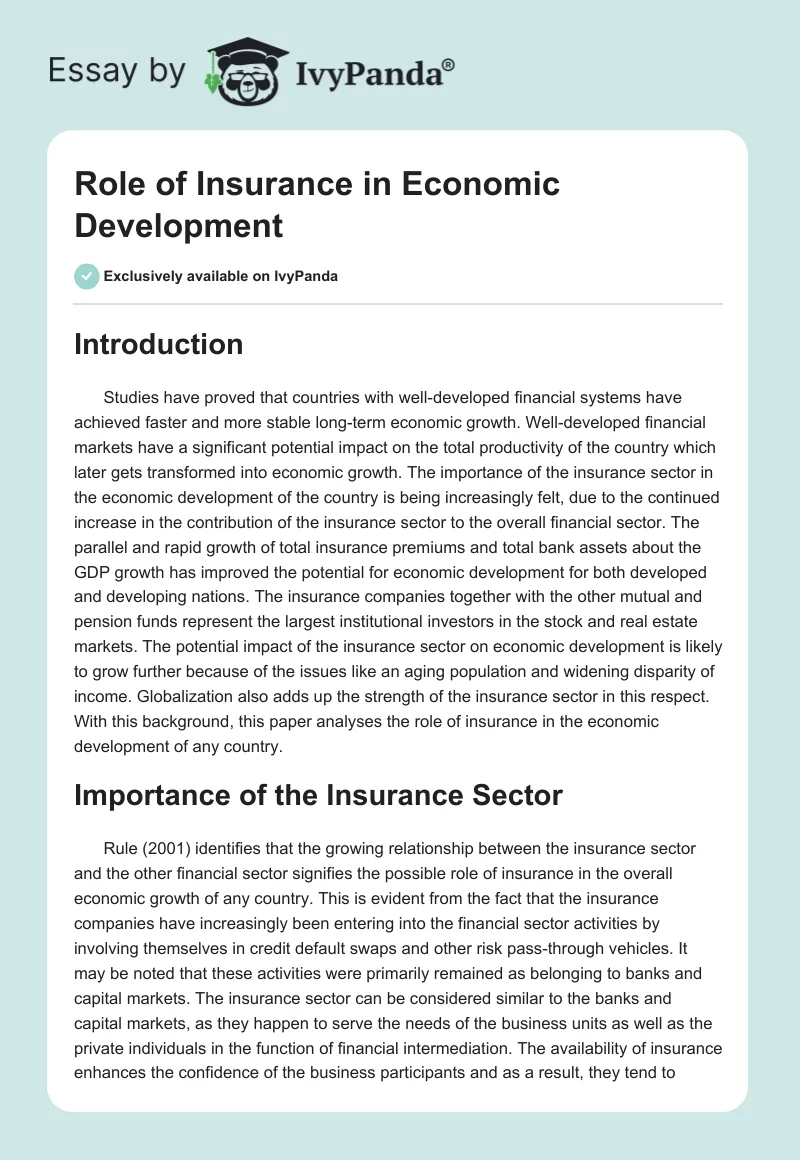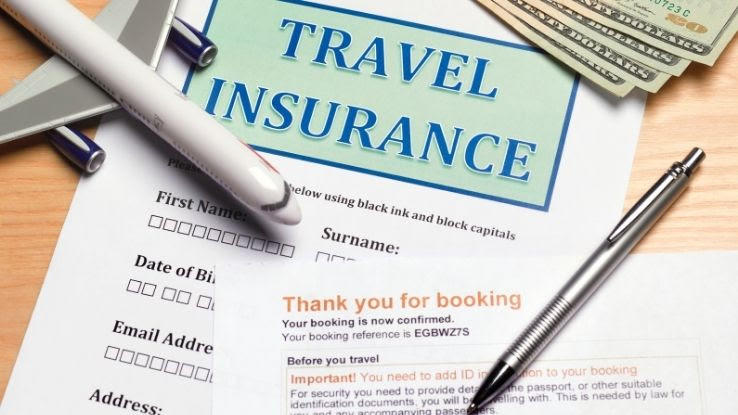What Does Pacific Prime Mean?
Table of Contents7 Easy Facts About Pacific Prime ExplainedThe Pacific Prime IdeasThe Single Strategy To Use For Pacific PrimeWhat Does Pacific Prime Do?
In most states, the insurance firm is called for to send you a duplicate of the changes to your policy. It is essential that you read Recommendations or Motorcyclists so you recognize just how your plan has altered and if the policy is still ample to fulfill your needs. To get a duplicate of your insurance plan, please contact your insurance policy agent or firm.
The Institute of Medication (IOM) Board on the Effects of Uninsurance launches a prolonged examination of proof that addresses the importance of medical insurance coverage with the publication of this report. Coverage Issues is the first in a collection of six reports that will be provided over the next two years recording the truth and repercussions of having an estimated 40 million people in the USA without medical insurance coverage.

See This Report about Pacific Prime
The objective of this series of researches is to refocus plan focus on a historical problem. Adhering to the longest financial development in American history, in 1999, an estimated one out of every 6 Americans32 million adults under the age of 65 and more than 10 million childrenremains without insurance (Mills, 2000).

10 percent of the populace accounts for 70 percent of healthcare expenses, a connection that has actually continued to be constant over the past three years (Berk and Monheit, 2001) - group insurance plans. Thus wellness insurance proceeds to offer the feature of spreading danger even as it increasingly funds regular treatment. From the perspective of healthcare companies, insurance policy brought by their patients helps secure a profits stream, and areas gain from monetarily viable and steady healthcare professionals and establishments
Government provides health insurance coverage to populaces whom the exclusive market might not offer effectively, such as disabled and senior citizens, hop over to here and populations whose access to healthcare is socially valued, such as youngsters and expectant females. The supreme ends of wellness insurance protection for the specific and areas, consisting of office areas of staff members and companies, are enhanced health outcomes and quality of life.
How Pacific Prime can Save You Time, Stress, and Money.
Employees rate wellness insurance policy first by much in value amongst all the benefits supplied in the workplace (Salisbury, 2001). There have actually been sizable investments of individual and public funds to supply health insurance coverage, many individuals still have no coverage. Despite considerable coverage of study findings and healthcare study results, the general public stays confused and misinformed concerning Americans without wellness insurance policy and the ramifications of doing not have insurance coverage.

Without doubt, the complexity of American wellness treatment funding systems and the riches of resources of information include in the general public's complication and hesitation concerning medical insurance data and their analysis. This report and those that will comply with goal to boil down and present in readily understandable terms the substantial study that bears on questions of health insurance policy coverage and its value.
Fifty-seven percent of Americans surveyed in 1999 thought that those without medical insurance are "able to get the care they need from physicians and healthcare facilities" (Blendon et al., 1999, p. 207). In 1993, when national interest was concentrated on the troubles of the without insurance and on pending healthcare regulation, just 43 percent of those questioned held this idea (Blendon et al., 1999).

They additionally obtain less preventive services and are much less likely to have routine look after chronic problems such as high blood pressure and diabetes. Persistent illness can result in expensive and disabling complications if they are not well managed (Lurie et al., 1984; Lurie et al., 1986; Ayanian et al., 2000). One nationwide survey asked greater than 3,400 grownups regarding 15 highly significant or somber problems.
The Greatest Guide To Pacific Prime
Added proof exists later on in this chapter in the conversation of insurance policy and access to healthcare. https://www.tumblr.com/pacificpr1me/746587211067195392/we-are-an-award-winning-insurance-intermediary-of?source=share. People without medical insurance are young and healthy and balanced and select to go without insurance coverage. Virtually half (43 percent) of those evaluated in 2000 believed that people without medical insurance are most likely to have illness than people with insurance
Voters and plan makers in emphasis group conversations identify those without insurance coverage as young individuals who have the opportunity to be covered and feel they do not need it (Concierge Novelli, 2001). Compared to those with at least some exclusive protection, the without insurance are less likely to report remaining in exceptional or excellent health and wellness (Firm for Healthcare Research Study and Quality, 2001).
SOURCE: Facility for Price and Financing Researches, Agency for Health Care Study and Quality, based on MEPS information. Young grownups in between 19 and 34 are even more most likely to do not have health insurance coverage than any kind of other age group. This is mainly because they are less usually eligible for employment-based insurance due to the nature of their work or their brief period in it.
The assumption that individuals without insurance coverage have better-than-average wellness complies with from puzzling the reasonably young age account of the without insurance with the better health, typically, of younger individuals. This obscures the link between health status and medical insurance. For those without accessibility to office health and wellness insurance policy, inadequate wellness is a possible barrier to purchasing nongroup protection because such coverage may be extremely priced, exclude pre-existing conditions, or be merely inaccessible.